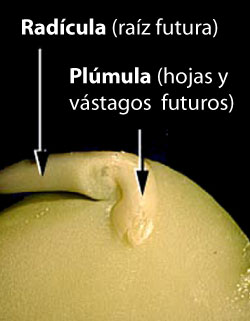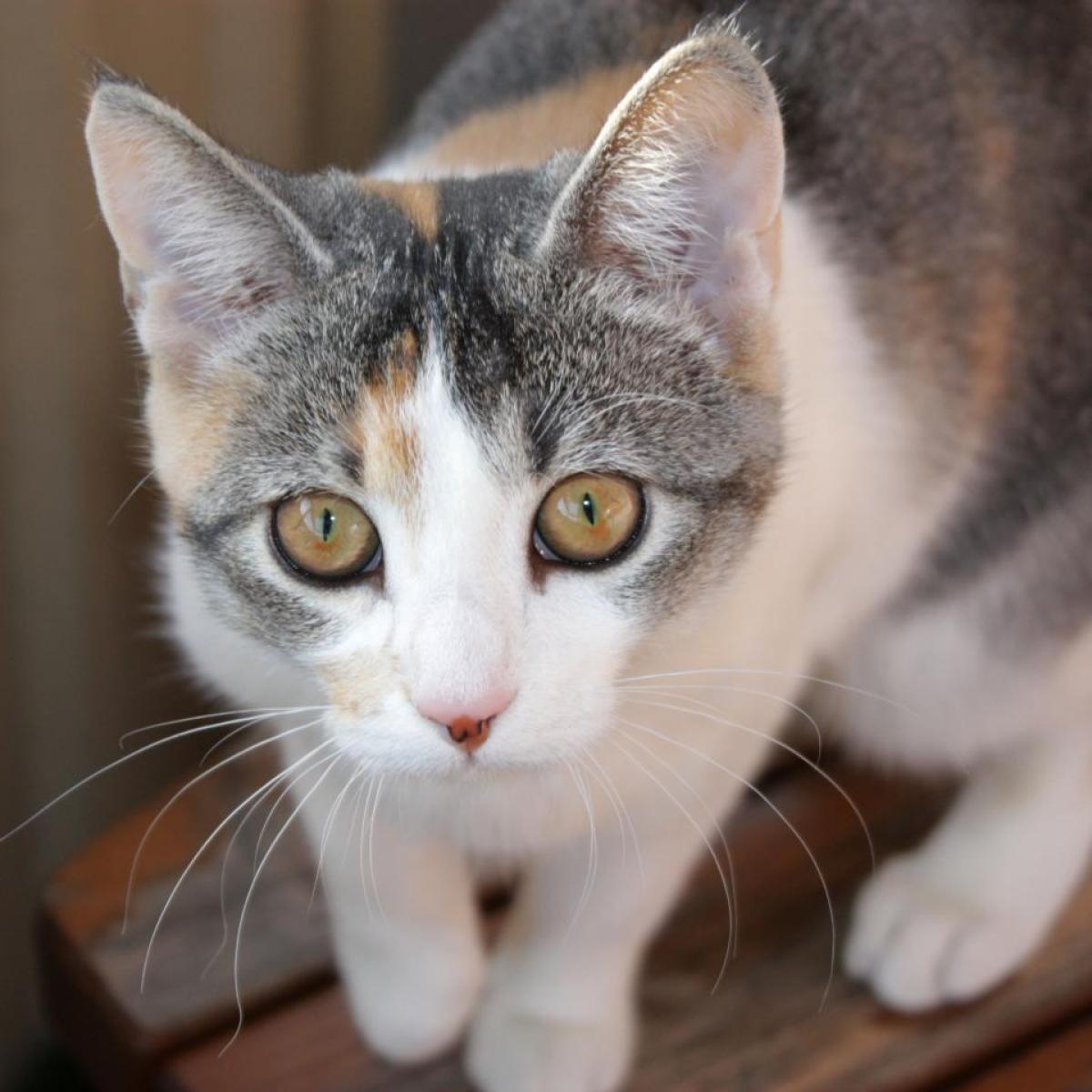Observando las semillas de cerca - Estas fotografías son de una semilla de arveja
| Aquí puedes ver que he quitado la cubierta de la semilla y la he partido por la mitad. Una mitad contiene el embrión y parte del alimento almacenado y la otra mitad contiene el resto del alimento almacenado. |
 |
| Ésta es la fotografía de la mitad de la semilla que contiene el embrión. |
 |
| Esta fotografía es un acercamiento del embrión. Puedes ver la parte del embrión llamada la radícula, que crecerá y se convertirá en las raíces. Puedes ver también la parte llamada la plúmula, que crecerá y se convertirá en los vástagos y las hojas. |
 |
Construye tu propio visor de germinación de la semilla.
Detalles bibliograficos:
- Artículo: Semillas
- Autor: Dr. Biology
- Editor: Arizona State University School of Life Sciences Ask A Biologist
- Nombre del sitio: ASU - Ask A Biologist
- Fecha de publicación: 31 May, 2017
- Fecha accesada: 31 July, 2025
- Enlazar: https://askabiologist.asu.edu/semillas
APA Style
Dr. Biology. (Wed, 05/31/2017 - 16:45). Semillas. ASU - Ask A Biologist. Retrieved from https://askabiologist.asu.edu/semillas
Chicago Manual of Style
Dr. Biology. "Semillas". ASU - Ask A Biologist. 31 May 2017. https://askabiologist.asu.edu/semillas
MLA 2017 Style
Dr. Biology. "Semillas". ASU - Ask A Biologist. 31 May 2017. ASU - Ask A Biologist, Web. https://askabiologist.asu.edu/semillas
Be Part of
Ask A Biologist
By volunteering, or simply sending us feedback on the site. Scientists, teachers, writers, illustrators, and translators are all important to the program. If you are interested in helping with the website we have a Volunteers page to get the process started.




